The Seven Wonders of Portuguese Origin in the World are a list of seven significant landmarks across the world which were built by the Portuguese during the six centuries of the Portuguese Empire (1415-1999). The competition was held in conjunction with the Ministry of Culture of Portugal and the Portuguese Institute for Architectural Heritage.[1]
The objective of the list and competition was to promote the architectural heritage and legacy of the Portuguese across the world. A commission pre-selected 27 notable monuments of Portuguese origin from 16 countries across Asia, Africa, and the Americas.[2] The results of the competition were announced at a ceremony at the Portugal Day celebrations in 2010.[3]
Seven Wonders
[edit]| Image | Wonder | Location | Note |
|---|---|---|---|
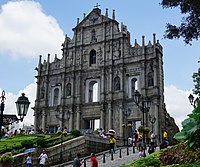
|
Ruins of São Paulo Church & College | Built 1602-1640. | |
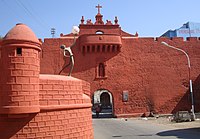
|
Fortress of Diu | Diu, |
Built 1534-1546. |
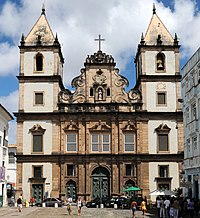
|
Church & Convent of São Francisco | Salvador, |
Built 1686-1755. |

|
Fortress of Mazagão | El Jadida, |
Built 1541-1542. |

|
Basilica of Bom Jesus | Goa, |
Built 1594-1605. |

|
Church of São Francisco de Assis | Ouro Preto, |
Built 1766-1794. |
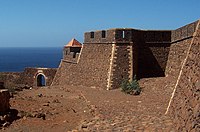
|
Cidade Velha | Santiago, |
Built 1460-1593. |
Map
[edit]Finalists
[edit]The 20 finalists for the competition were:[4]
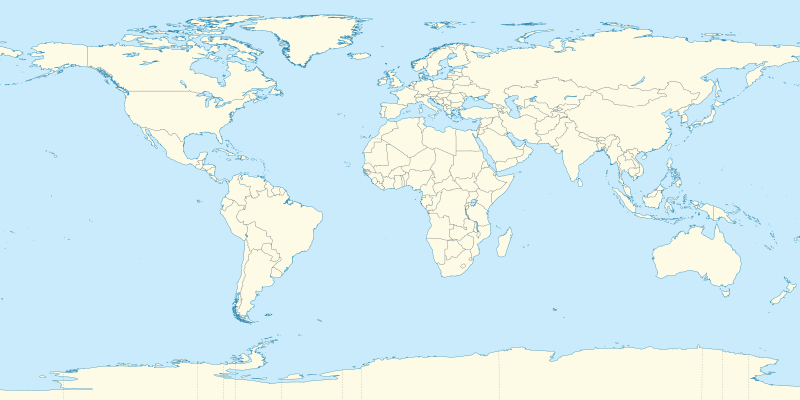
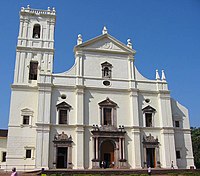




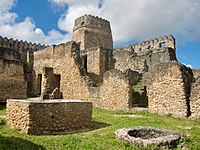

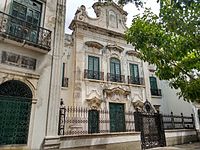
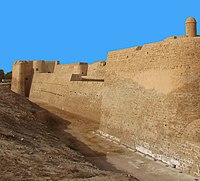


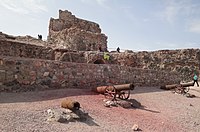

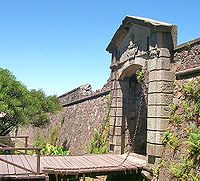


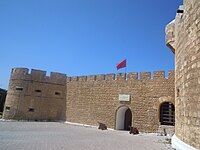
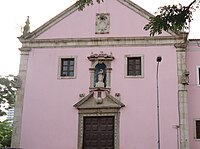

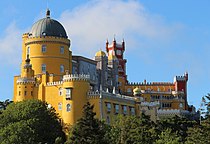
Well, that’s interesting to know that Psilotum nudum are known as whisk ferns. Psilotum nudum is the commoner species of the two. While the P. flaccidum is a rare species and is found in the tropical islands. Both the species are usually epiphytic in habit and grow upon tree ferns. These species may also be terrestrial and grow in humus or in the crevices of the rocks.
View the detailed Guide of Psilotum nudum: Detailed Study Of Psilotum Nudum (Whisk Fern), Classification, Anatomy, Reproduction